“I Hope the Horse Game Genre will Continue to Grow” – Reflecting on Five Years of Making The Ranch of Rivershine with Éloïse Laroche
The Ranch of Rivershine stands out among the horse game niche: It is made by a solo developer, leans heavily into the familiar tropes and rhythms of cozy farming games, and unlike many other indie passion projects in our genre, it is polished, finished and remarkably well received with 93% positive reviews on Steam.
I’ve followed Rivershine and its creator Éloïse Laroche of Cozy Bee Games for years and previously featured them on TMQ on multiple occasions, from its announcement in 2021, the demo release in early 2023 to the full release in Spring 2025. With the full release now a few weeks back, I sat down with Éloïse once more to look back on five years of development, the lessons learned along the way, and of course, to learn what’s next in store for her one woman studio.
Release Reflections
“I’m really happy with the release,” says Éloïse first of all, citing the thoroughly positive reception as her main indicator. “If people are happy with it, I’m happy.” That the full release went well can also be seen in the SteamDB stats: almost three times as many people played The Ranch of Rivershine in the release week compared to the initial Early Access release in May 2023. That a full release is the bigger beat in sales and attention than Early Access is far from a given: many independent developers struggle to match, let alone outdo, their Early Access peaks.
Player number insights from SteamDB: Rivershine had around concurrently 400 active players at its Early Access launch, and almost 1200 during the full release.
Steam reviews stand in proportion to sales: 1500 reviews is nothing to scoff at for a solo developer, especially at a 93% positive review ratio.
Beyond sales and reviews, Éloïse says she’s amazed at how much content made it into the game in the end. “It’s astounding to me how much time people have spent playing this game. Some people have been actively playing and talking about the game throughout the whole development. It was hard for me to imagine that I would create a game that people would be so captured by that they keep coming back to it. It has its own life now.”
Completing Rivershine’s story takes 50-70 hours of playtime, she says, though some individual players spend hundreds or even thousands of hours in the game. Horse Breeding specifically seems to be what can keep some players busy for a very long time.
Five Years of Development
Looking back at the project’s beginning all the way back in 2020, Éloïse reflects that it was difficult for her to get started. There weren’t really any modern, well executed horse games to take inspiration from for designing controls and deciding how training should work, for example. As a result, the early game design process was very explorative “I would just try things and see if it works or not,” says Éloïse. “I don’t really like working like that usually, I’m huge on planning and being very organized and knowing how long each feature takes to make. But when I started, I didn’t know how those things should work.”
Early footage of rider implementation
In the first two months of development, Éloïse took one screenshot of her progress every day. “Wish I had kept that up the whole five years!” she adds.
Some of that lasted throughout the early access period: “On the roadmap I named features, but didn’t really know what they were gonna look like in the game yet.”
Éloïse spent about two years working on the game’s foundation by herself, setting up core functionality like saving and loading, day-night-cycle, inventory system and controls. “But I tried to make it public as early as possible with the demo.” The Early Access phase was initially planned to last for about a year. “Which was insane,” Éloïse laughs, “because I also made this huge roadmap to go with it with ten big content updates.”
That implementing the roadmap ended up taking twice as long hasn’t been much of a concern for the game’s fans. On the contrary, much of the user base praises the project and its developer for sticking to the announced content plans and finishing the game as planned. Players had a solid base game, got regular updates and got the features they were waiting for, which made the extended timeline matter very little. Éloïse even says that the two year Early Access left more breathing room, more chances for players to give feedback, more options for her to add content that wasn’t strictly planned – all factors that led to a more fun game overall.
Making Games for the Horse Game Audience
Anyone who follows the horse game community and its discussions knows that this audience can be incredibly passionate about the games they play, both in a good and a bad way. Back in 2023, Éloïse and I talked about her worries that the horse game audience can come down very harshly on games that are previously hyped to the high heavens. Even right before Rivershine’s full release this year, Éloïse kept worrying that once the game was done, some players would become sad or angry that no further content was upcoming – which fortunately seems to have been unfounded.
Note the February 2021 timestamp: months before officially announcing the game, Éloïse was sharing work in progress on the TMQ Discord…
…and already getting lots of positive and excited reactions from the community.
What has it been like to work for this remarkably zealous type of player? “It’s definitely been an experience, and different from my other games,” says Éloïse . Her previous titles were smaller cozy games like Capybara Spa and Lemon Cake. “But the first thing I’ve been feeling recently is that I’m gonna miss it. It was intense, and I was a bit anxious about making a horse game because of it. People are so excited about everything that you do, everyone has ideas. It is kind of fun, even though it adds a lot of pressure. At the end of the day, I make games because I want people to play them. And that’s a huge positive about making a horse game: people will be watching you and talking about your game.”
Something that helped her manage her community and their expectations was being extremely clear and decisive about what the game would and wouldn’t include. “I think a lot of new game developers are afraid to say ‘no’ to their community because they fear losing players.” Éloïse laughs and adds “I have said ‘no’ to so many things, it’s actually crazy.” She goes on to explain that setting these boundaries and sticking to them also gives players a certain comfort in knowing that you have a coherent vision and consistency rather than just adding whatever is asked.
My personal hope in watching Rivershine was always that the game would manage to get the wider cozy and farming game audiences hooked on horse games and asking for more. Éloïse says that has happened to some degree – players telling her that Rivershine is their first horse game – but that for the most part, it doesn’t really appear to have ‘breached containment’ outside of the horse game bubble (yet). Éloïse herself isn’t surprised by that and said it’s not something she really aimed for. “Rivershine is 100% a horse game and for horse people. I wasn’t trying to branch off into different genres.”
Learnings
Watching from the outside (and having not played the game yet since the first demo), Rivershine appears to be a resounding success. This left me wondering whether there is anything that didn’t go well and that Éloïse would handle differently if she had to do it again.
“I would design certain core features differently,” Éloïse explains. She has seen Steam reviews listing the game’s weaknesses that she completely agrees with – things she would change if she restarted the project now. That’s not reflective of any deep regrets though: “I definitely did the best that I could with what I had at the time and I’m happy with the result.”
She goes on to explain the downside of her extensive roadmap: “If I hadn’t already confirmed some features early on, I would have removed some things or changed them.” She names the vet feature as an example of something she might not have added if she hadn’t felt obligated by the roadmap, and says “From a design perspective, I don’t like to add things to a game that don’t make it better. It’s just fluff and an opportunity to add bugs.” Overall, Éloïse didn’t run into major roadblocks – surely the result of having made and published several games before this one! – but muses that it’s just generally hard to work on anything for such a long time. “If you make a mistake in the years prior, you have to live with that – it’s just a lot of things that add on over time.”
Rivershine’s Early Access Roadmap provided structure and vision, but also limited Éloïse’s flexibility.
Impact and Legacy
A few weeks after its release, it’s still a bit too early to tell how big the impact of The Ranch of Rivershine on the general horse game market will be in the end. “The main thing I’m hoping for is that it’ll help other developers with how to implement certain horse features,” Éloïse says – not because she expects anyone to copy her designs, but because seeing her implementation can help others know what works and what doesn’t. “I think that’s the best part of being able to look at other games – yes you can see what they did well, but also what they fumbled and what you can do better.”
She’s already seeing that happen to a degree, and cites conversations she’s had with Jessi, the developer behind the upcoming Fernhoof Grove, about which bits of inspiration to take from Rivershine. “I really hope the horse genre will continue to grow, and that even as more horse games come out, Rivershine will stay relevant for anyone wanting more like those.”
I ask Éloïse what advice she’d give to other people wanting to make horse games specifically.
“3D first or third person horse games are just really hard to do,” she says. “But I think there’s a lot of small games that you could make horse-themed that would be reasonable as a first game.” What she often sees instead are people overscoping with big worlds and long feature lists, something that I frequently lament as well.
“Your first game is always too big, that’s something all developers have to go through,” she says, citing her experience from outside the horse game niche. Rivershine, for all its reasonable limitations in featuring just one horse breed and just one riding discipline, isn’t really exempt from that, Éloïse admits. “If I had to make another horse game, I would focus on one feature about horses. Let’s say it’s just about breeding, you’re a travelling horse merchant and just breed horses and sell them, no competitions and no NPCs. Or a game that’s just trail riding and you just take people on trail rides. There’s a ton of other horse game ideas that just focus on one aspect of horses. I think that would also remove the expectation that you need to include all sorts of features and let a game really stand out. ”
It’s a fantastic point that I keep telling everyone too and that I wish more beginner devs would take to heart. See also: the Tiny Horse Game Jam that took place recently. Éloïse goes on to add that she sees a lot of game developers place too much value in their very first game, and consider it the defining result of their life’s work. “I think it’s important to see each game you make as a building block in your career instead.”
While some newbie devs think passion can carry them across all obstacles, Éloïse emphasizes the importance of applying that passion to several projects over a decade-long learning period, instead of just one. “If you make your first game and you realize it’s too big, just stop and move on and do something else. Fail fast, and learn from it.”
Future Plans
I ask Éloïse about what further work – if any – is still planned for Rivershine. Console Ports and Controller support is one thing that she’s looking into, but will need the right partner company for, so she’s not promising anything just yet.
When it comes to other common requests and points of criticism for Rivershine, like that some people can’t get into the game due to the animation quality or the controls, Éloïse doesn’t really see a need for an overhaul. “I make all the animations by hand, and that’s just the best I was able to do,” she explains. Outsourcing that work to an external, more experienced animator would have been out of scope for the project. When it comes to the controls, Éloïse says the feedback she’s gotten was quite polarizing. She’s tried to cover the most requested options through settings, but preferences vary widely even among the niche’s core audience.
I love and applaud that attitude. Games have this tendency to never be “done” unless you call them done, and after five years of work putting together one of the most complete and polished experiences our genre has seen in a decade or two (review pending, I’ll admit), I sure am not going to hound Éloïse over not chasing any last possible improvement.
Now that it’s time to move on, what is next in store for Cozy Bee Games?
“I definitely want to make a small game, as a breather,” says Éloïse. “I have been writing down game ideas for games I want to make for the last five years.” Her first smaller games took her only a few months to finish and we might see a similarly contained game again soon – probably not one about horses right away though. After that, Éloïse’s next big game idea runs along the lines of “Nintendogs, but as a city life sim”. Admittedly, I’m not caught up as thoroughly on dog games as I am on horse games, but I’ll instantly believe that there’s some nostalgia-based market gaps in that area as well.
And what might it take for Éloïse to make another horse game in the future? I try to bribe her towards that end and am met with fond laughter. She’s definitely considering it, but she also wants a break from the horsie niche first. “I want to get better as a game developer,” she explains. “So that when I get back to making another horse game, it’s not just going to be Rivershine 2.0, but an actually new game. And it’ll give the horse game genre time to grow and develop, so that when I come back I can play Equinox and Khiimori, and other horse games that haven’t been announced yet and can say ‘ooh they did this well’ or ‘people really liked that’.” She doesn’t want to make the same game twice, but learn from what others do in the meantime. “But I’ll definitely keep watch on horse games,” Éloïse adds. “I’m in it for life now.”
“If you had to make another horse game right now, what would you do?” I ask as a closing thought experiment. “One thing I’m really into right now is medieval fantasy,” Éloïse responds after briefly considering. “I’ve always loved that, and a horse game set in a medieval world would be so fun.” She imagines the player working as a stable master at court, having to train and breed horses for the royal family. I’m left conflicted: “See now you’ve made such good points about waiting to make another horse game, but now with that answer I’m just – gah, I wish you made that next.”
Conclusion
In talking more about Éloïse’s approach to game development – her work ethic, her reasonable approach to scope, her excellent portfolio funding her ongoing work – I once again voice my admiration. We could for sure use more people with her approach in the horse game niche, and in game development in general.
And I’m incredibly moved to hear that this appreciation isn’t once sided: Éloïse tells me that six years ago, it was reading The Mane Quest that moved her to actually go ahead and make Rivershine. “I was very hesitant, like, are people going to play this? You convinced me to take that jump. I loved your Discord, and showing things to the community there that was obviously waiting for something like this.”
Excuse me, I’ll be crying happy tears for a bit over here. And then I should get started finally playing and reviewing The Ranch of Rivershine for myself.


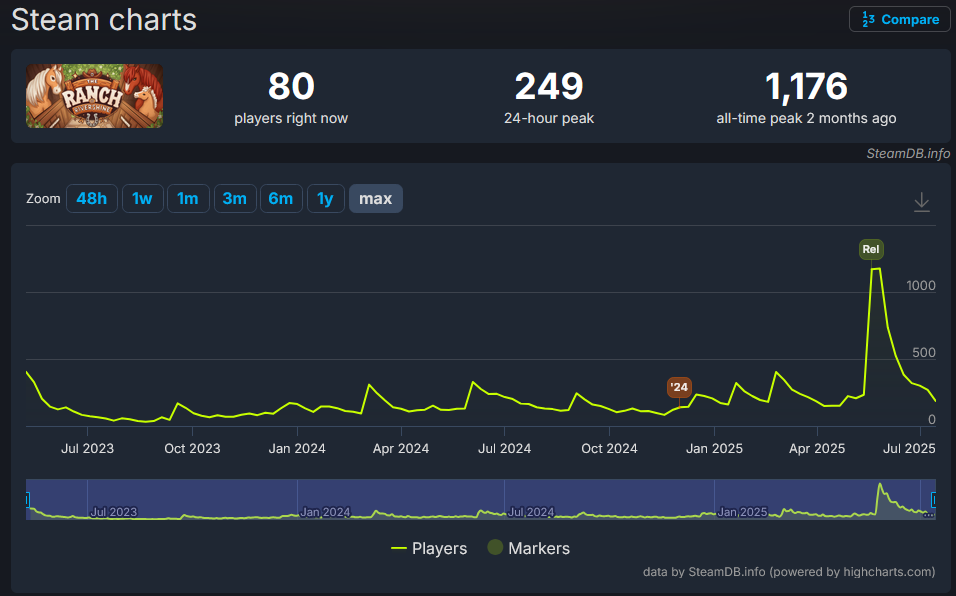

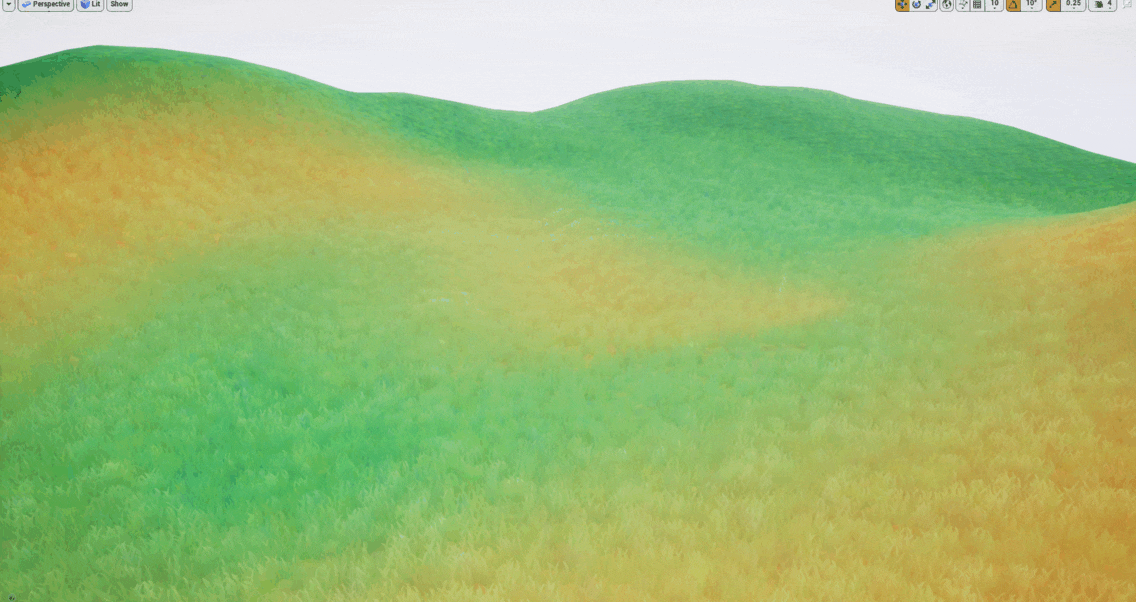
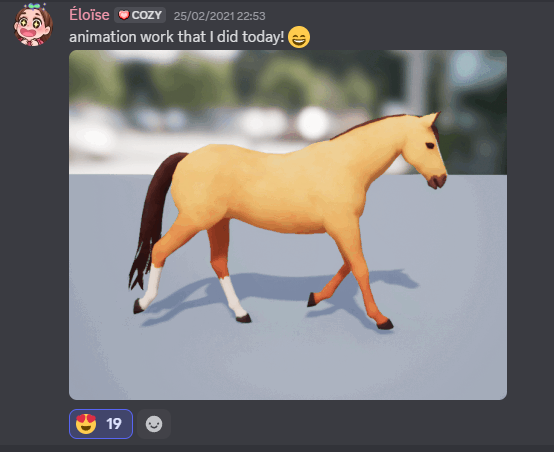






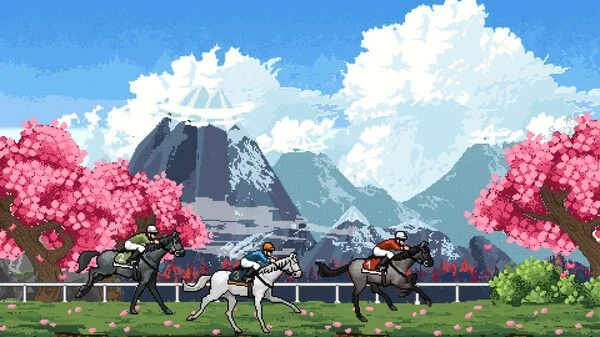
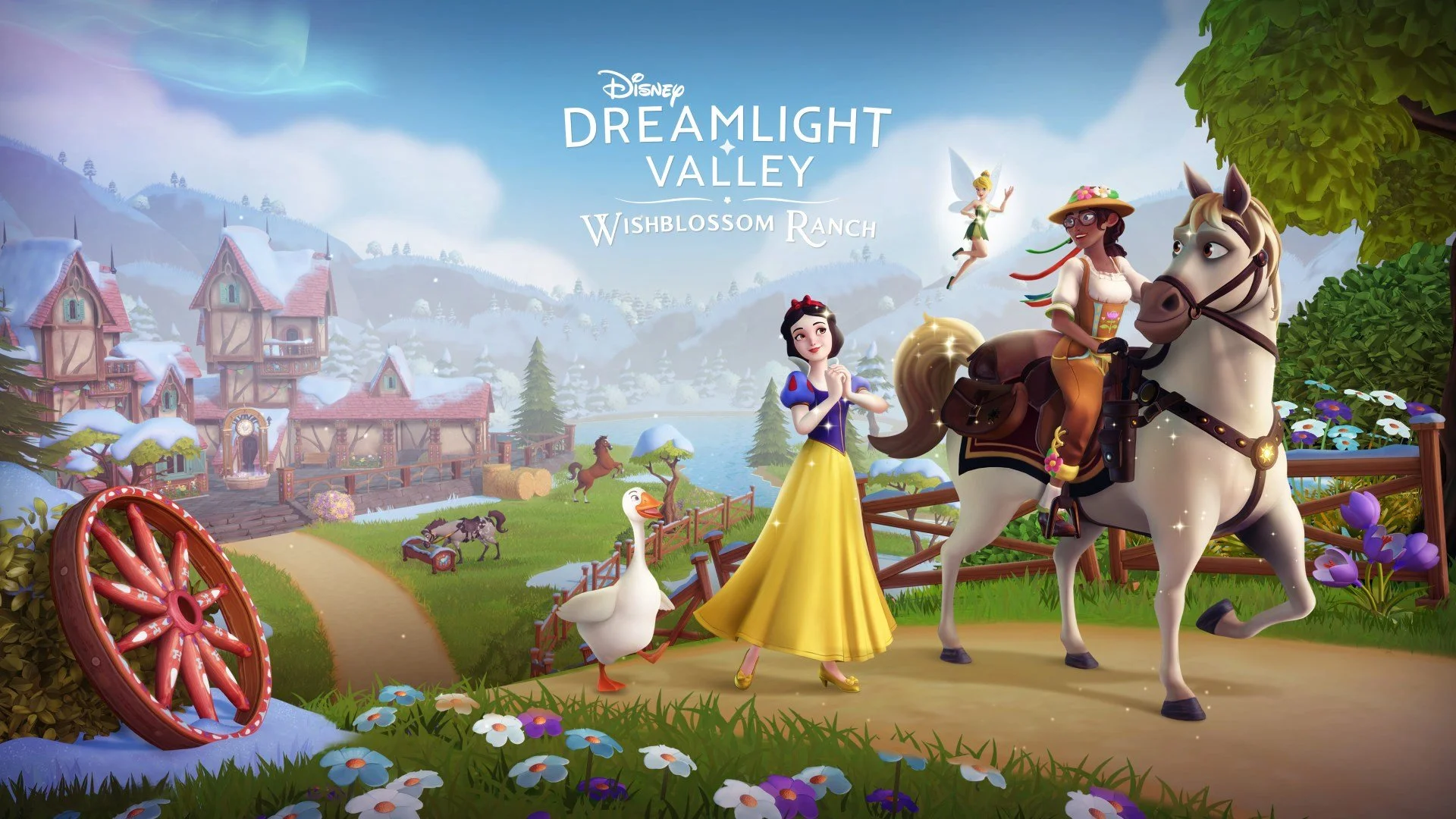


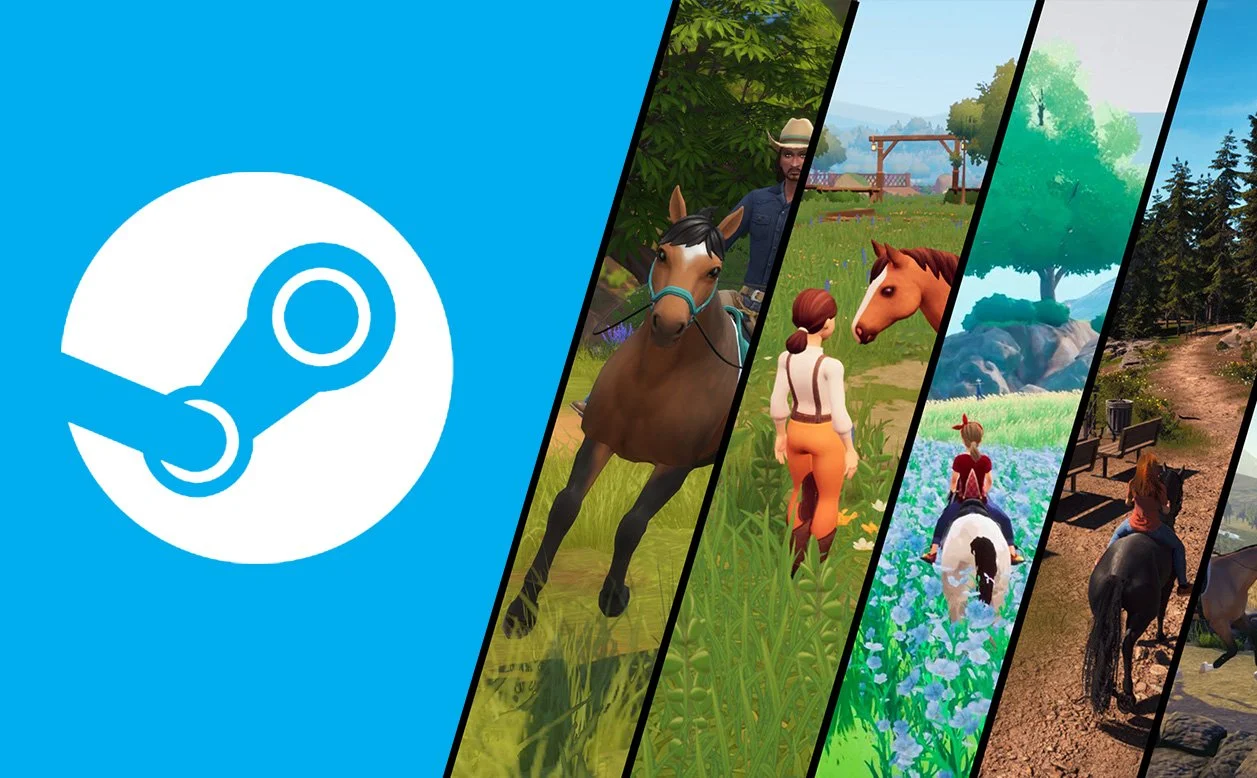
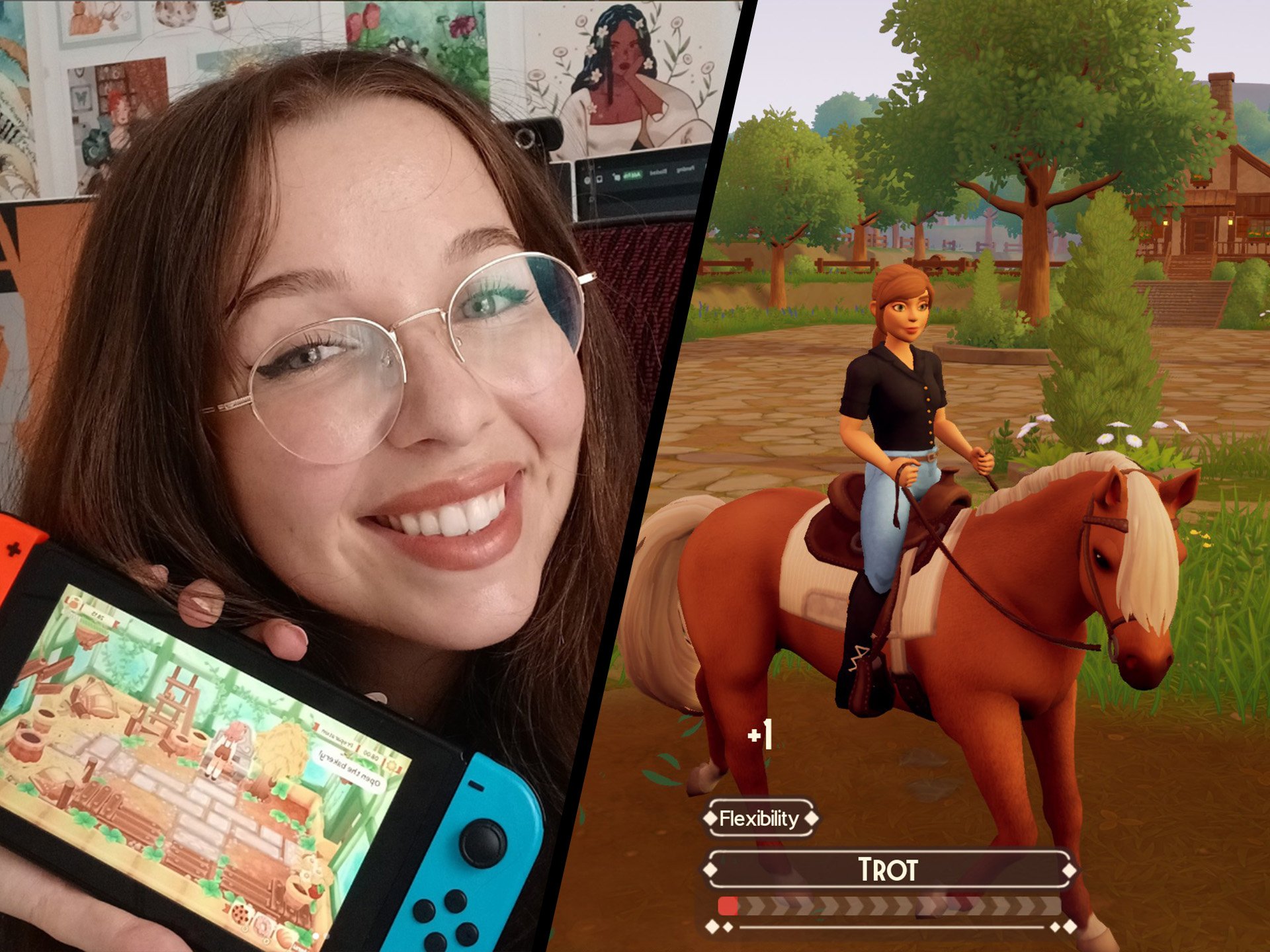
After 30 days of campaign and another week of late pledging, the crowdfunding campaign for Windstorm: The Legend of Khiimori by Aesir Interactive has officially closed on Friday, April 11th 2025. The total amount raised ended up at €504 798 from 8889 backers, just unlocking the much asked-for stretch goal “Falconers of Mongolia” that promises giving players an option to hunt with an Eagle.